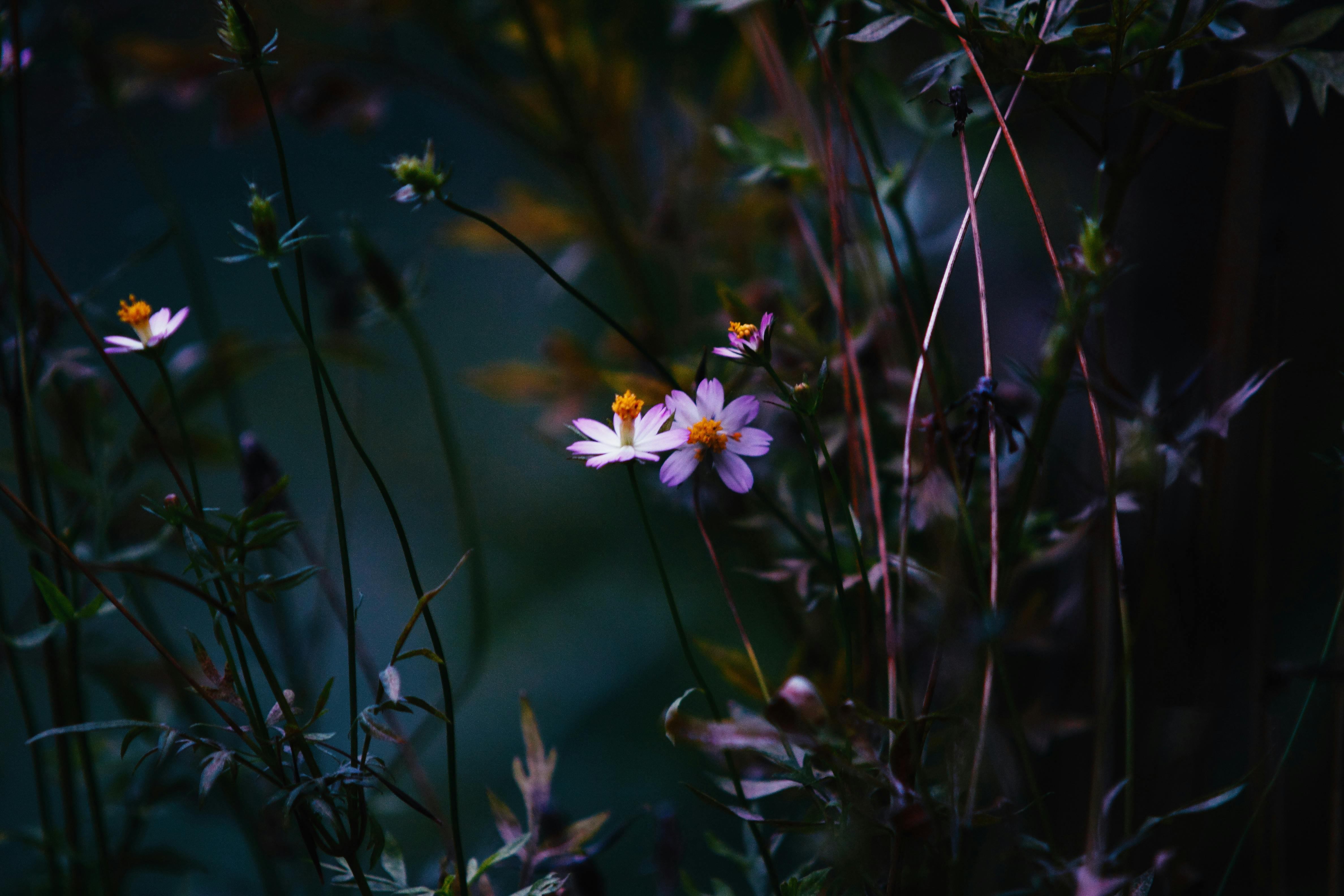 Photography is an art form that demands stability and precision. Whether you’re capturing breathtaking landscapes or freezing fast-paced action, having a reliable support system is essential. Two popular options that photographers often consider are tripods and monopods. In this blog post, we will explore the pros and cons of each and discuss why a monopod can sometimes be the preferred choice over a tripod.
Photography is an art form that demands stability and precision. Whether you’re capturing breathtaking landscapes or freezing fast-paced action, having a reliable support system is essential. Two popular options that photographers often consider are tripods and monopods. In this blog post, we will explore the pros and cons of each and discuss why a monopod can sometimes be the preferred choice over a tripod.
Tripods: Stability at Its Finest
Tripods are the go-to support system for many photographers, and for good reason. Here are some advantages that tripods bring to the table:
- Unmatched Stability: Tripods provide exceptional stability, eliminating the risk of camera shake and resulting in sharper images, especially in low-light conditions or during long exposures.
- Flexibility: With three adjustable legs, tripods offer a wide range of height options, allowing you to shoot from various angles and perspectives. They also often come with a ball head or a three-way head, enabling smooth panning and tilting.
- Versatility: Tripods are excellent for various genres of photography, including landscapes, architecture, portraits, and still life. They provide a solid foundation for capturing detailed images, and their sturdy construction can support heavy camera gear.
Despite their advantages, tripods do have some drawbacks:
- Bulkiness and Weight: Tripods can be cumbersome to carry, especially during outdoor adventures or when traveling. Their weight and size may hinder mobility, making them less suitable for fast-paced situations or situations where you need to move quickly.
- Setup Time: Erecting a tripod and adjusting its legs can be time-consuming, which might cause you to miss spontaneous moments or lose the desired frame.
Monopods: The Portable Alternative
Monopods offer a different approach to camera stabilization and can be the ideal choice for certain photography scenarios. Consider the following advantages of monopods:
- Portability: Monopods are lightweight and compact, making them easy to carry and maneuver. They are perfect for photographers on the move, such as wildlife or sports photographers who need quick setup and mobility.
- Increased Mobility: Monopods allow you to move swiftly while maintaining stability. They provide better freedom of movement, which is beneficial for capturing dynamic subjects or shooting in crowded areas.
- Reduced Fatigue: Holding a monopod requires less physical effort compared to hand-holding a camera for extended periods. This advantage becomes crucial during long photography sessions or when shooting in challenging conditions.
While monopods offer unique benefits, they do have limitations:
- Limited Stability: Monopods provide stability to a certain extent, but they cannot match the rock-solid support of a tripod. They are susceptible to vertical movement and require steady hand control.
- Less Flexibility: Unlike tripods, monopods lack the ability to adjust height or offer different shooting angles. You must rely on your physical position and skill to achieve the desired composition.
Conclusion: In the world of photography, choosing the right support system depends on your shooting style, subjects, and specific requirements. Tripods excel in providing unbeatable stability and versatility, making them an excellent choice for most photographers. However, monopods shine when it comes to portability, quick setup, and enhanced mobility, making them invaluable in fast-paced situations or for photographers on the go.
Consider investing in both a tripod and a monopod to enjoy the benefits of each. By understanding their strengths and weaknesses, you can make an informed decision based on the demands of your photography adventures. Remember, the right support system can elevate your images to new heights and help you capture stunning moments with precision and clarity.

 Photography is an art form that demands stability and precision. Whether you’re capturing breathtaking landscapes or freezing fast-paced action, having a reliable support system is essential. Two popular options that photographers often consider are tripods and monopods. In this blog post, we will explore the pros and cons of each and discuss why a monopod can sometimes be the preferred choice over a tripod.
Photography is an art form that demands stability and precision. Whether you’re capturing breathtaking landscapes or freezing fast-paced action, having a reliable support system is essential. Two popular options that photographers often consider are tripods and monopods. In this blog post, we will explore the pros and cons of each and discuss why a monopod can sometimes be the preferred choice over a tripod. The 20th century witnessed a remarkable evolution in the art of photography, with visionary individuals capturing iconic images that have left an indelible mark on history. In this blog post, we celebrate the achievements and contributions of the five most influential photographers of the 20th century, whose work has redefined the medium, challenged conventions, and inspired generations of photographers to come.
The 20th century witnessed a remarkable evolution in the art of photography, with visionary individuals capturing iconic images that have left an indelible mark on history. In this blog post, we celebrate the achievements and contributions of the five most influential photographers of the 20th century, whose work has redefined the medium, challenged conventions, and inspired generations of photographers to come. Flowers are nature’s masterpieces, with their vibrant colors, delicate petals, and intricate details. As a photographer, capturing the essence and beauty of flowers can be an immensely rewarding experience. In this guide, we will explore the art of stunning flower photography, providing you with tips and techniques to elevate your floral images to new heights.
Flowers are nature’s masterpieces, with their vibrant colors, delicate petals, and intricate details. As a photographer, capturing the essence and beauty of flowers can be an immensely rewarding experience. In this guide, we will explore the art of stunning flower photography, providing you with tips and techniques to elevate your floral images to new heights.

